The Qwiic Connect System by SparkFun is designed to make creating a prototype system faster, more reliable and easier than ever before. The Qwiic range contains sensors, actuators, shields and much more in development that all make use of the I2C protocol.
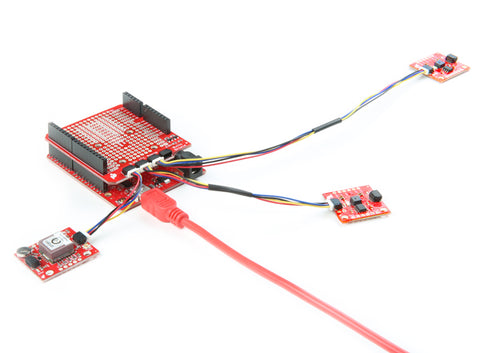
All of the products connect to each other using Qwiic cables which come in a wide range of sizes, this means there's no need for any fiddly soldering letting you get your prototype up and running in no time.
You can connect multiple devices together in a row effectively "daisy chaining" them together thanks to the I2C protocol. This means using less connections on your host device and expanding any system with ease. We sell all the available lengths of Qwiic cables, 50mm,100mm, 200mm, 500mm and even one for use with a breadboards.

The Qwiic range
At the heart of most systems there is a microcontroller the Qwiic system will work with any microcontroller capable of I2C communication. We are stocking the Arduino Shield which is an easy-to-assemble board which allows the Qwiic system to be integrated with your Arduino based device. The Qwiic system uses 3.3V on all of the devices, this shield even converts the 5V provided by the Arduino device to the 3.3V required.
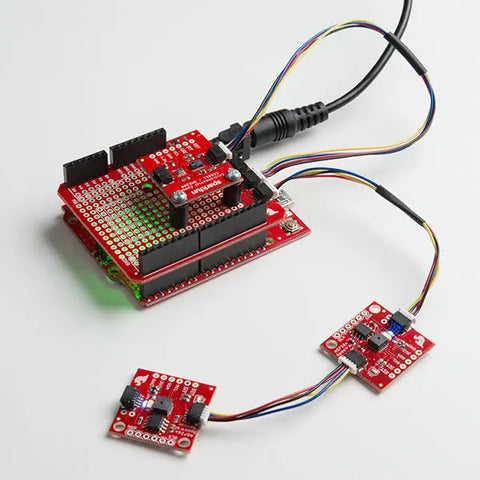
We sell all of the Qwiic Connect Boards that the connection system launched with and we plan to add more as they're developed! Here is a quick overview of them:
| The CCS811/BME280 Environmental Combo Breakout will take care of all your atmospheric-quality sensing needs. This specially designed breakout can measure a huge range of environmental data including pressure, temperature, humidity and even TVOCs and equivalent CO2 (or eCO2) levels. It even still has standard 0.1" spaced pins so you can use it with a breadboard if preferred. | 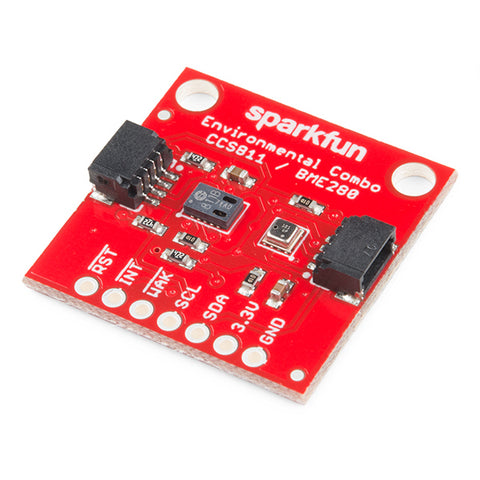 |
|
The AS7262 and AS7263 Spectral Sensor Breakouts bring spectroscopy to the palm of your hand. Making it easier than ever to measure and characterise how different materials absorb and reflect different wavelengths of light. The AS7262 spectrometer detects wavelengths in the visible range at 450, 500, 550, 570, 600 and 650nm of light each with 40nm of full-width half-max detection. The AS7263 spectrometer detects wavelengths in the visible range at 610, 680, 730, 760, 810 and 860nm of light, each with 20nm of full-width half-max detection. |
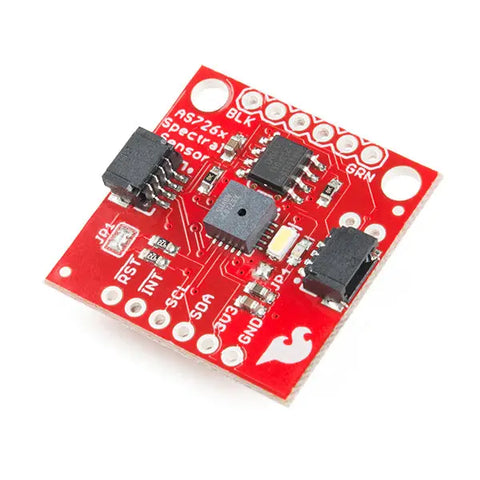 |
| Finally this GPS Breakout supports up to 210 PRN channels with 99 search channels and 33 simultaneous tracking channels. With support of GPS, GLONASS, QZSS, SBAS and more, the onboard XA1110 can provide even more accurate positioning in multiple locations. | 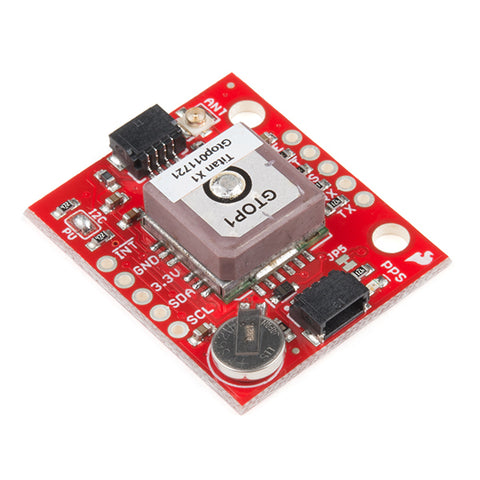 |
Compatibility with non-Qwiic devices
As mentioned the Qwiic system works with many other microcontrollers such as the Teensy or Arduino Pro Mini simply connect the corresponding SDA, SCL and power cables to the device using the breadboard cable.
There are already thousands of I2C components out there so SparkFun have created a handy adapter as a way to easily integrate normal I2C components into a Qwiic system. The adapter has the standard I2C pins (Power, SDA, SCL) which are connected to the Qwiic JST Connector so you can get connected in no time.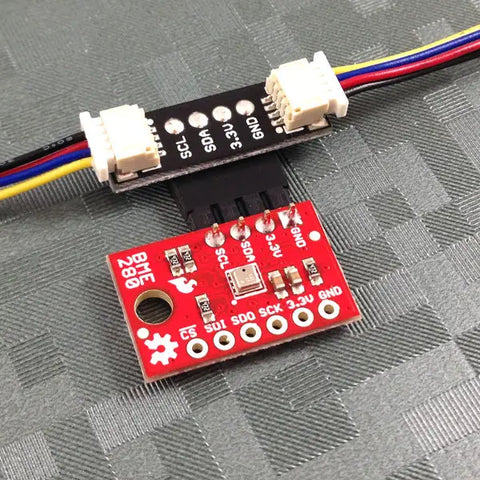 SparkFun have been implementing the Qwiic standard pinout on all their I2C sensor boards for the past couple years so they'll connect perfectly with the adapter as shown above.
SparkFun have been implementing the Qwiic standard pinout on all their I2C sensor boards for the past couple years so they'll connect perfectly with the adapter as shown above.
If you've got any more questions about the Qwiic Connect System, any of the items in the range or any more products you'd like us to add please don't hesitate to contact us for a chat via the Help menu.

